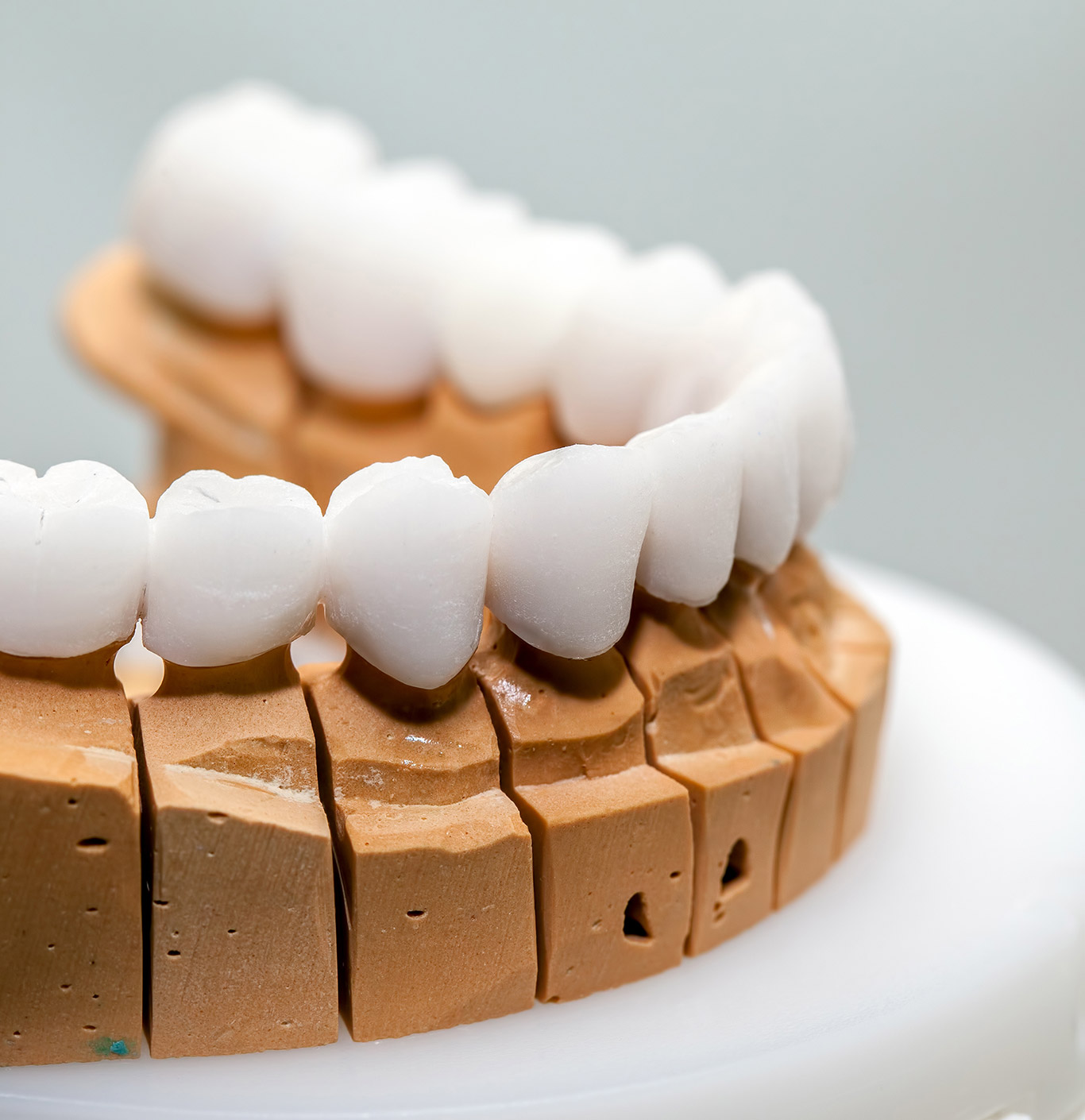
Navigating Implant Success with Dental Bone Grafting Specialist in Katy, TX
In Katy, TX, dental implants have become a popular choice for replacing missing teeth due to their natural look and durability. However, for some patients, insufficient bone volume in the jaw can pose a challenge to successful implant placement. This is where bone grafting comes into play. Understanding the role of bone grafting in dental implant success is crucial for both patients and practitioners.
1. What is Bone Grafting?
Bone grafting is a surgical procedure that involves adding bone tissue to the jawbone to augment its volume and density. This procedure is often necessary for patients who have experienced bone loss due to factors such as tooth loss, gum disease, or trauma. By augmenting the bone, it provides a solid foundation for the placement of dental implants.
2. Importance of Sufficient Bone Volume
For dental implants to be successful, they need to be firmly anchored in the jawbone. Sufficient bone volume ensures stability and longevity of the implants. Without an adequate amount of bone, implants may fail to integrate properly with the surrounding tissue, leading to complications such as implant loosening or even failure.
3. Types of Bone Grafts
4. Bone Grafting Procedure
The bone grafting procedure typically involves the following steps:
- Initial consultation and examination to assess bone quality and determine the need for grafting.
- Harvesting or obtaining the graft material.
- Placing the graft material at the site of bone deficiency.
- Securing the graft with screws or pins.
Allowing time for the graft to integrate and promote new bone growth (osseointegration).
The healing process can take several months, during which the patient’s bone gradually fuses with the graft material, creating a strong and stable foundation for the dental implant.
5. Importance of Specialist Care
Bone grafting is a highly specialized procedure that requires expertise and precision. In Katy, TX, patients seeking dental implants with bone grafting should consult with experienced oral surgeons or periodontists who have extensive training and experience in performing these procedures. A skilled specialist can assess the patient’s individual needs, plan the treatment accordingly, and ensure the best possible outcomes.
6. Factors Affecting Success
Several factors can influence the success of bone grafting and dental implant placement:
- Patient’s overall health: Good general health promotes faster healing and reduces the risk of complications.
- Bone quality: The density and quality of existing bone play a significant role in determining the success of the grafting procedure.
- Oral hygiene: Maintaining excellent oral hygiene before and after the procedure is essential for preventing infections and promoting healing.
- Smoking and alcohol consumption: These habits can impair healing and increase the risk of complications, so it’s advisable for patients to quit or reduce them before undergoing bone grafting and implant placement.
7. Benefits of Bone Grafting
Bone grafting offers numerous benefits for patients undergoing dental implant treatment:
- Restores lost bone volume, improving the aesthetics and functionality of the jaw.
- Enhances the stability and longevity of dental implants, reducing the risk of implant failure.
- Allows for successful implant placement in cases where insufficient bone volume would otherwise preclude treatment.
- Improves overall oral health and quality of life by restoring the ability to eat, speak, and smile with confidence.
In conclusion, bone grafting plays a vital role in achieving successful outcomes for dental implant patients in Katy, TX, and beyond. By understanding the importance of sufficient bone volume, the types of grafting procedures available, and the factors influencing success, patients can make informed decisions and work with skilled professionals to restore their smiles and oral health effectively.
New Paragraph




